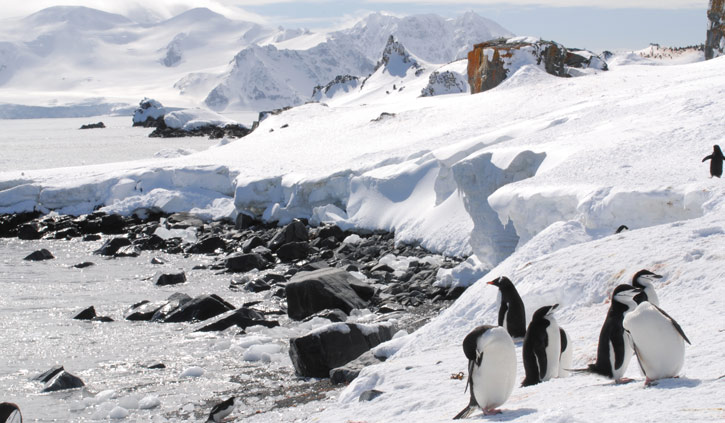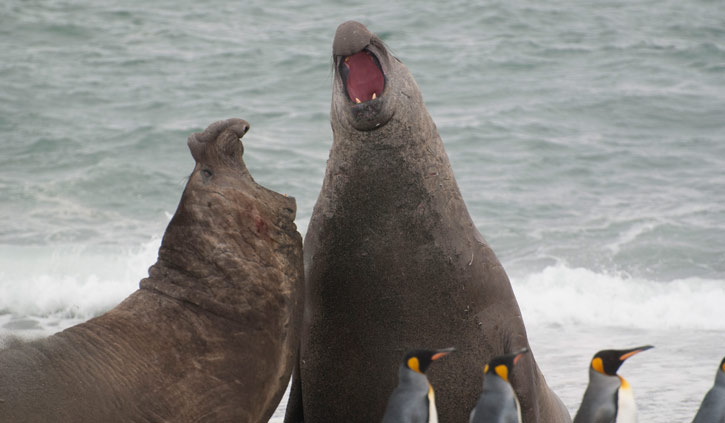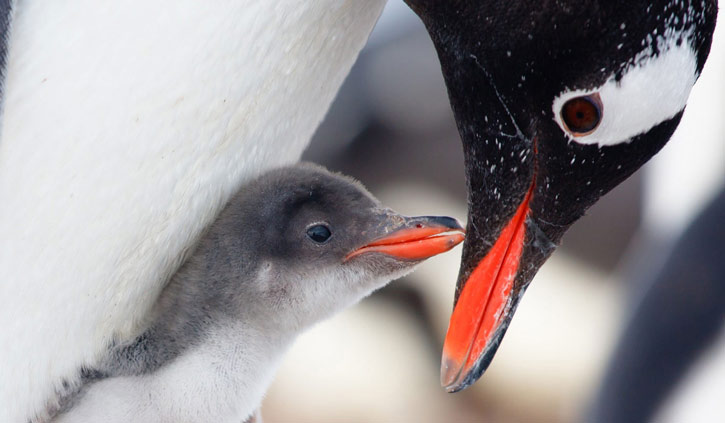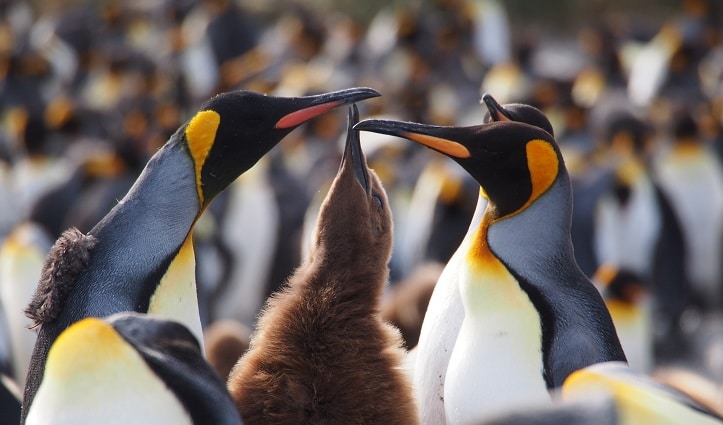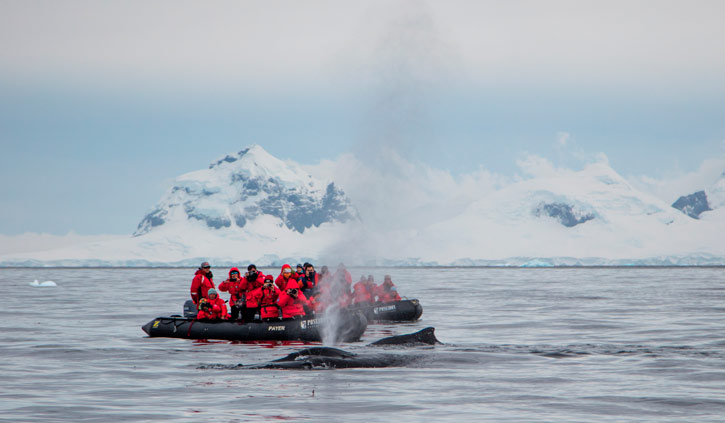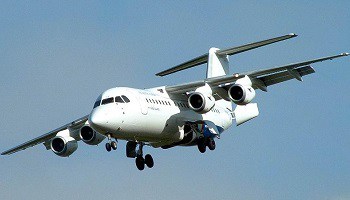HIGH SEASON: LATE DECEMBER, JANUARY & EARLY FEBRUARY
ANTARCTIC PENINSULA
As the season progresses the daylight hours increase which all of the Antarctic peninsula’s wildlife makes use of; the beaches and hillsides are now hectic with tens of thousands (sometimes more) of penguins (Adelie, gentoo & chinstrap). Not all penguins chicks hatch at the same time, as you go further south they generally hatch a little later (also as the tops of hills clear of snow and ice earlier than the base the penguins that grab the ‘top spots’ often have chicks earlier than those at the bottom of the hill).
With both parents at first taking turns to incubate and soon making ever more frequent fishing trips the colonies get busier and the chicks larger. Chicks grow very quickly and as soon as they are mobile it can be very entertaining, quite chubby, slightly ungainly, hungry juveniles chasing their parents for some more krill.
Seals, skuas, petrels and penguins are all busy attending to their sub-adult young as the short Antarctic ‘summer’ will soon be over. Whales are ever present and as the season progresses they start to become more inquisitive (partially as they’ve been feeding for the last 2 months).
SOUTH GEORGIA
The early season snow will slowly be lost at lower levels (fresh snow can fall at any time), only the peaks will remain snow-capped. This can mean trekking opportunities from your Antarctic cruise from Australia are increased and the weather will always determine what’s possible (safe). Temperatures can vary significantly and over a very short period of time; if it’s sunny and the winds are lights (a relatively rare occurrence) it will be quite warm (10-15 degrees Celsius), if it’s cloudy and there are strong winds and snow it can feel bitterly cold (we’ll advise so you have appropriate clothing).
The beaches of South Georgia are soon littered with fur seal pups. The adult males of fur and elephant seals having completed their task have returned to the southern ocean for a much needed meal (the large bull elephant seals can lose over a third of their body weight during the breeding season).
King Penguins
Many of South Georgia’s beaches are also home to vast colonies of king penguins, several in their tens of thousands. Due to king penguins unsynchronised breeding and a 13-16 month breeding cycle you can usually witness courting, penguins with eggs in pouches above their feet (laid from November to April), brow fluffy chicks and adults throughout the year. The number of young in the colonies fluctuates (highest number in Dec/Jan/Feb) with larger brown fluffy juveniles forming large crèches whilst their parents are ‘gone fishing’.
South Georgia’s other penguins (chinstrap, Gentoo, macaroni) and four albatross species (black-browed, grey-headed, light mantled & wandering) will all be busy raising their chicks during the short Antarctic summer.
FALKLAND ISLANDS
As with South Georgia the days are long and the temperatures generally higher (average 12 degrees Celsius). The same systems that eventually reach South Georgia will also affect the Falkland Islands and a warm summer’s day can feel quite like a southern Australian coast (Phillip Island comes to mind) and it can still very occasionally drop below freezing.
Seals (seal lions and elephant seals), penguins (king, Gentoo, rock-hopper, macaroni & Magellanic) and perhaps over half a million black –browed albatross will all be busy raising their young.



